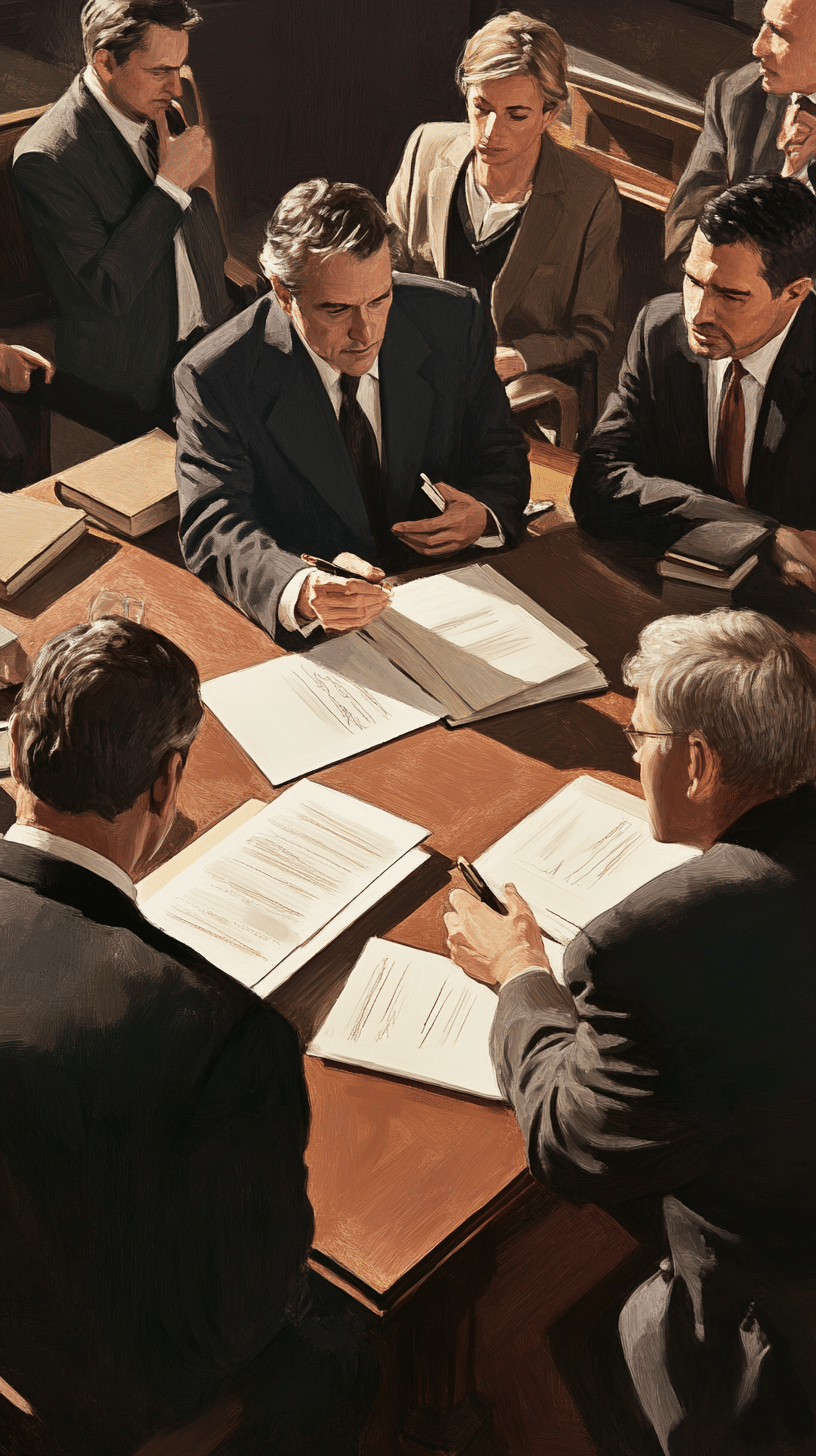Rivera v Montefiore Med. Ctr., 2016 NY Slip Op 06854 (2016)
Perhaps one of the most misunderstood and contrarily construed provisions of the CPLR is expert witness disclosure. The problem emanates from a reality that New York disallows expert witness depositions, unlike most states and the FRCP. The corrolary to the problem is that timing and substance issues of the disclosure become of paramount concern.
As a practitioner, there is nothing more obnoxious than an adversary who had at least 7-30 days to review the disclosure to state after a case is sent out for jury selection or a bench trial to object to the sufficiency of the disclosure. The time to object is prior to being sent out, and the proper mechanism is really through motion or order to show cause. This case solidifies proper procedure versus shot-gun procedure.
Of course, a party that gives a misleading disclosure will still pay the Piper his due.
(1) “CPLR 3101 (d) (1) (i) requires each party to “identify each person whom the party expects to call as an expert witness at trial and [to] disclose in reasonable detail the subject matter on which each expert is expected to testify, the qualifications for each expert witness and a summary of the grounds for each expert’s opinion.” It was within the trial court’s discretion to deny plaintiff’s motion to preclude (see People v Carroll, 95 NY2d 375, 385 [2000]). Trial courts possess broad discretion in their supervision of expert disclosure under CPLR 3101 (d) (1) (see Bernardis v Town of Islip, 95 AD3d 1050, 1050 [2d Dept 2012]). “A determination regarding whether to preclude a party from introducing the testimony of an expert witness at trial based on the party’s failure to comply with 3101 (d) (1) (i) is left to the sound discretion of the court” (McGlauflin v Wadhwa, 265 AD2d 534, 534 [2d Dept 1999]; see also Deandino v New York City Tr. Auth., 105 AD3d 801, 803 [2d Dept 2013]; but see Saldivar v I.J. White Corp., 46 AD3d 660, 661 [2d Dept 2007]).”
(2) Plaintiff made her motion mid-trial immediately prior to the expert’s testimony. Plaintiff argues that at the time of the expert exchange, she had no reason to object to the disclosure statement because the statement gave no indication that defendant would challenge plaintiff’s theory of decedent’s cause of death. Assuming defendant’s disclosure was deficient, such deficiency was readily apparent; the disclosure identified “causation” as a subject matter but did not provide any indication of a theory or basis for the expert’s opinion. This is not analogous to a situation in which a party’s disclosure was misleading or the trial testimony was inconsistent with the disclosure. Rather, the issue here was insufficiency.












